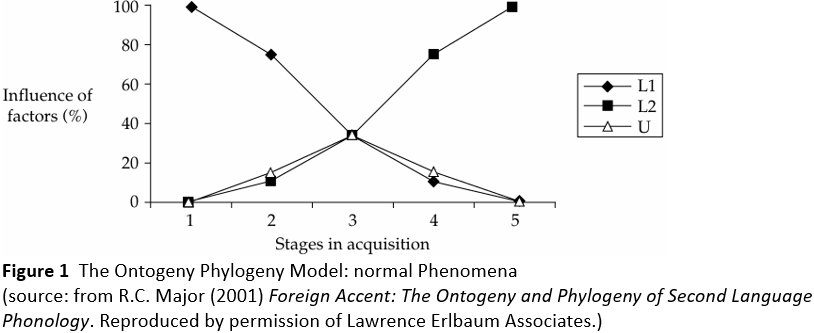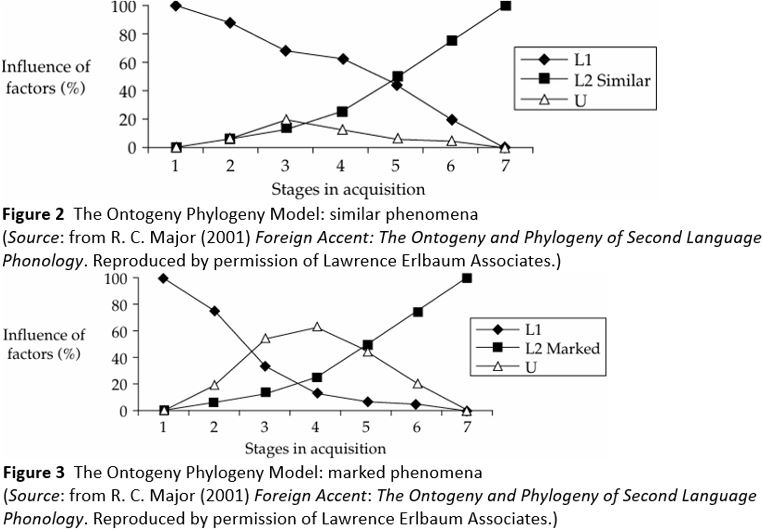

Grammar


Tenses


Present

Present Simple

Present Continuous

Present Perfect

Present Perfect Continuous


Past

Past Simple

Past Continuous

Past Perfect

Past Perfect Continuous


Future

Future Simple

Future Continuous

Future Perfect

Future Perfect Continuous


Parts Of Speech


Nouns

Countable and uncountable nouns

Verbal nouns

Singular and Plural nouns

Proper nouns

Nouns gender

Nouns definition

Concrete nouns

Abstract nouns

Common nouns

Collective nouns

Definition Of Nouns

Animate and Inanimate nouns

Nouns


Verbs

Stative and dynamic verbs

Finite and nonfinite verbs

To be verbs

Transitive and intransitive verbs

Auxiliary verbs

Modal verbs

Regular and irregular verbs

Action verbs

Verbs


Adverbs

Relative adverbs

Interrogative adverbs

Adverbs of time

Adverbs of place

Adverbs of reason

Adverbs of quantity

Adverbs of manner

Adverbs of frequency

Adverbs of affirmation

Adverbs


Adjectives

Quantitative adjective

Proper adjective

Possessive adjective

Numeral adjective

Interrogative adjective

Distributive adjective

Descriptive adjective

Demonstrative adjective


Pronouns

Subject pronoun

Relative pronoun

Reflexive pronoun

Reciprocal pronoun

Possessive pronoun

Personal pronoun

Interrogative pronoun

Indefinite pronoun

Emphatic pronoun

Distributive pronoun

Demonstrative pronoun

Pronouns


Pre Position


Preposition by function

Time preposition

Reason preposition

Possession preposition

Place preposition

Phrases preposition

Origin preposition

Measure preposition

Direction preposition

Contrast preposition

Agent preposition


Preposition by construction

Simple preposition

Phrase preposition

Double preposition

Compound preposition

prepositions


Conjunctions

Subordinating conjunction

Correlative conjunction

Coordinating conjunction

Conjunctive adverbs

conjunctions


Interjections

Express calling interjection

Phrases

Sentences


Grammar Rules

Passive and Active

Preference

Requests and offers

wishes

Be used to

Some and any

Could have done

Describing people

Giving advices

Possession

Comparative and superlative

Giving Reason

Making Suggestions

Apologizing

Forming questions

Since and for

Directions

Obligation

Adverbials

invitation

Articles

Imaginary condition

Zero conditional

First conditional

Second conditional

Third conditional

Reported speech

Demonstratives

Determiners


Linguistics

Phonetics

Phonology

Linguistics fields

Syntax

Morphology

Semantics

pragmatics

History

Writing

Grammar

Phonetics and Phonology

Semiotics


Reading Comprehension

Elementary

Intermediate

Advanced


Teaching Methods

Teaching Strategies

Assessment
Ontogeny Phylogeny Model (OPM)
المؤلف:
Mehmet Yavas̡
المصدر:
Applied English Phonology
الجزء والصفحة:
P212-C8
2025-03-20
1479
Ontogeny Phylogeny Model (OPM)
All the above clearly demonstrates that interlanguage phonology is governed by the following three components: L1, L2, and universal principles (markedness).

Although all these factors influence the productions of learners, the role of each may be different at different stages of interlanguage development. The Ontogeny Phylogeny Model (hereafter OPM) proposed by Major (2001) deals with just that and states that in the earlier stages of L2 acquisition, L1 interference is the dominant factor; the role of universals is minimal. Gradually, the influence of L2 and universals increases, and the role of L1 decreases. In later stages of acquisition, the only element on the rise is the influence of L2, with concurrent decline of the role of L1 and universals, as shown in figure 1.
Although this general account may be sufficient for the normal phenomena, Major carefully points out that the proportions of the three components will vary, depending on the phenomena under scrutiny. For example, in the similar phenomena, L2 increases in a slower fashion than above and the effects of L1 also decrease slowly. The increase and later decrease of universals are slower as well. To give an example for a similar phenomenon, we can think of the relationship between alveolar stops of English /t, d/ and their slightly fronted counterparts, dental stops in Spanish and Portuguese. Since such minimal distinctions are less likely to be noticed by the learner, a Spanish speaker would be likely to retain the L1 interference longer here in his or her attempts at the target English alveolar stops than, let us say, for his or her substitutions of the alveolar trill for the English target retroflex approximant. Major’s account of the similar phenomena is given in figure 2.
In the acquisition of the marked phenomena, earlier stages are again dominated by L1 influence, and the acquisition of L2 is again slower than for the normal phenomena. However, the effects of L1 and universals are different in subsequent stages; the effects of L1 decrease faster here and we see a rapid increase in the effects of universals. In later stages, the decrease in L1 and universals is reminiscent of the similar phenomena, i.e. slow. Major shows this as given in figure 3.

Major also points out that his OPM model can account for the stylistic variation in interlanguage phonological production. Accordingly, as style becomes more formal, L2 increases, L1 decreases, and universals increase then decrease. While this statement is generally true, we are also reminded that, depending on the stage of the learner, the proportion of the different components can vary from speaker to speaker for the same style.
 الاكثر قراءة في Phonology
الاكثر قراءة في Phonology
 اخر الاخبار
اخر الاخبار
اخبار العتبة العباسية المقدسة

الآخبار الصحية















 قسم الشؤون الفكرية يصدر كتاباً يوثق تاريخ السدانة في العتبة العباسية المقدسة
قسم الشؤون الفكرية يصدر كتاباً يوثق تاريخ السدانة في العتبة العباسية المقدسة "المهمة".. إصدار قصصي يوثّق القصص الفائزة في مسابقة فتوى الدفاع المقدسة للقصة القصيرة
"المهمة".. إصدار قصصي يوثّق القصص الفائزة في مسابقة فتوى الدفاع المقدسة للقصة القصيرة (نوافذ).. إصدار أدبي يوثق القصص الفائزة في مسابقة الإمام العسكري (عليه السلام)
(نوافذ).. إصدار أدبي يوثق القصص الفائزة في مسابقة الإمام العسكري (عليه السلام)


















